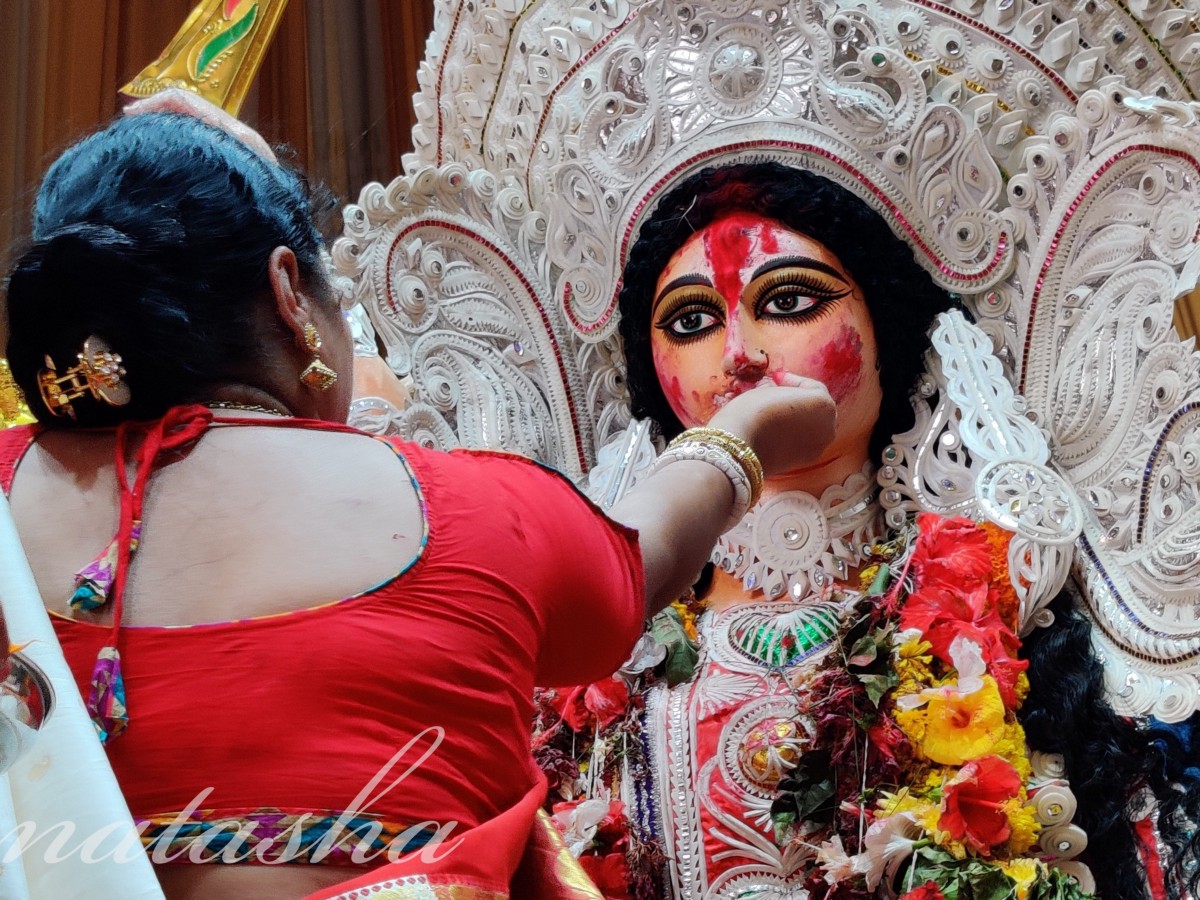
#VaccinesForAll
"Let those who can afford to pay for vaccines, pay", is a common response when we speak of free COVID-19 vaccines for all. On the face of it, there is nothing wrong with the statement, but a simple analogy shows why that is not a good idea.
++
"Let those who can afford to pay for vaccines, pay", is a common response when we speak of free COVID-19 vaccines for all. On the face of it, there is nothing wrong with the statement, but a simple analogy shows why that is not a good idea.
++
Imagine a cafeteria in a factory, where all the employees mandatorily eat the same food together. The quality of food will necessarily be good, because the management eats there, and they should be kept happy.
It is the same when vaccination is done though one channel only.
++
It is the same when vaccination is done though one channel only.
++
Now imagine the management has its own dining room where the same food is served, but on better crockery. The quality of food remains good, but the ambiance is different.
That is when private hospitals are allowed to charge for same vaccine that is given for free elsewhere.
++
That is when private hospitals are allowed to charge for same vaccine that is given for free elsewhere.
++
One person in management starts ordering from outside. Gradually more people join, till nobody from management is eating cafeteria food.
The quality of food gradually starts to go down.
Same with public vaccination. Once people are allowed to opt out standards decline.
++
The quality of food gradually starts to go down.
Same with public vaccination. Once people are allowed to opt out standards decline.
++
In a class conscious society like India, when you have two channels of service delivery, it becomes virtually impossible to ensure that even basic standards of performance are met.
We see this in education, in public transport, in banking. Virtually everywhere.
++
We see this in education, in public transport, in banking. Virtually everywhere.
++
It is critical to ensure that vaccines are tested for efficacy against all mutants. It is important that an optimal gap be maintained between doses. It is necessary that distribution channels are managed effectively.
That will only happen is there is a uniform vaccine policy.
++
That will only happen is there is a uniform vaccine policy.
++
It is tempting for people to want to import their own vaccine. Many corporates want to vaccinate all their employees at the earliest. All this will adversely impact the efficiency of the overall vaccination program, and defeat the objective of universal vaccination.
++
++
While each of us thinks that the vaccination will protect us, the actual purpose is different. The vaccine, if administered to a sufficient percentage, will protect the entire community.
That is why vaccines are considered a public good. That is why they should be free.
++
That is why vaccines are considered a public good. That is why they should be free.
++
And let us not take the vaccine meant for someone else.
If many people from the management descend on the workers' cafeteria in one day, they will run out of food.
It is the same with vaccines. A village will get a fixed number of doses; if we take them, someone else will not.
++
If many people from the management descend on the workers' cafeteria in one day, they will run out of food.
It is the same with vaccines. A village will get a fixed number of doses; if we take them, someone else will not.
++
Vaccines are a public good, and none of us is safe till all of us are safe. The best thing we can do is to encourage others to take their jabs when their turn comes.
And we keep reminding the government that vaccinating the entire eligible population is their duty.
And we keep reminding the government that vaccinating the entire eligible population is their duty.
• • •
Missing some Tweet in this thread? You can try to
force a refresh




